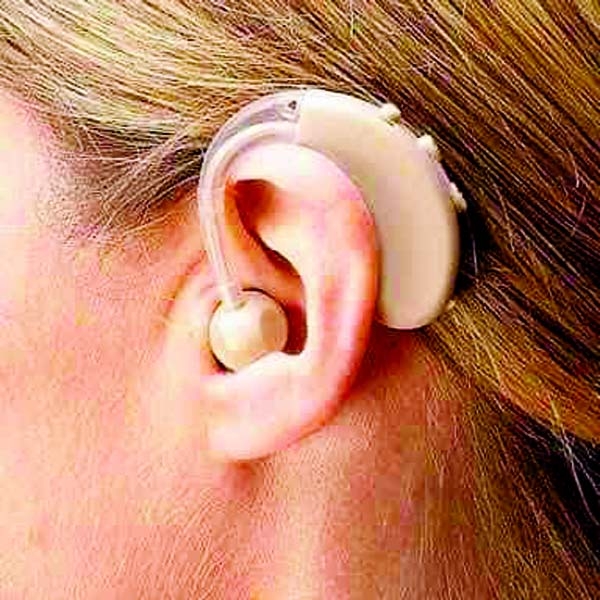
News Desk :
Nearly 2.5 billion people worldwide – or 1 in 4 people – will be living with some degree of hearing loss by 2050, warns the World Health Organization’s (WHO) first World Report on Hearing, released on Tuesday.
At least 700 million of these people will require access to ear and hearing care and other rehabilitation services unless action is taken, according to a press release.
“Our ability to hear is precious. Untreated hearing loss can have a devastating impact on people’s ability to communicate, to study and to earn a living. It can also impact on people’s mental health and their ability to sustain relationships,” said Dr Tedros Adhanom Ghebreyesus, WHO Director-General.
“This new report outlines the scale of the problem, but also offers solutions in the form of evidence-based interventions that we encourage all countries to integrate into their health systems as part of their journey towards universal health coverage.”
The report, launched ahead of World Hearing Day on 3 March, underlines the need to rapidly step up efforts to prevent and address hearing loss by investing and expanding access to ear and hearing care services. Investment in ear and hearing care has been shown to be cost-effective: WHO calculates that governments can expect a return of nearly US$ 16 for every US$ 1 invested.
Lack of accurate information and stigmatizing attitudes to ear diseases and hearing loss often limit people from accessing care for these conditions. Even among health-care providers, there’s often a shortage of knowledge about prevention, early identification and management of hearing loss and ear diseases, hampering their ability to provide the care required.
In most countries, ear and hearing care is still not integrated into national health systems and accessing care services is challenging for those with ear diseases and
hearing loss. Moreover, access to ear and hearing care is poorly measured and documented, and relevant indicators are lacking in the health information system.
But the most glaring gap in health system capacity is in human resources. Among low-income countries, about 78% have fewer than one ear, nose and throat (ENT) specialist per million population; 93% have fewer than one audiologist per million; only 17% have one or more speech therapist per million; and 50% have one or more teacher for the deaf per million.
This gap can be closed through integration of ear and hearing care into primary health care through strategies such as task sharing and training, outlined in the report.
Even in countries with relatively high proportions of ear and hearing care professionals, there is unequal distribution of specialists. This not only poses challenges for people in need of care, but also places unreasonable demands on the cadres providing these services.
In children, almost 60% of hearing loss can be prevented through measures such as immunization for prevention of rubella and meningitis, improved maternal and neonatal care, and screening for, and early management of, otitis media – inflammatory diseases of the middle ear.
In adults, noise control, safe listening and surveillance of ototoxic medicines together with good ear hygiene can help maintain good hearing and reduce the potential for hearing loss.
Once diagnosed, early intervention is key. Medical and surgical treatment can cure most ear diseases, potentially reversing the associated hearing loss. However, where hearing loss is irreversible, rehabilitation can ensure that those affected avoid the adverse consequences of hearing loss. A range of effective options are available.
Hearing technology, such as hearing aids and cochlear implants, when accompanied by appropriate support services and rehabilitative therapy are effective and cost-effective and can benefit children and adults alike.
The report notes that the use of sign language and other means of sensory substitution such as speech reading are important options for many deaf people; hearing assistive technology and services such as captioning and sign language interpretation can further improve access to communication and education for those with hearing loss.
“To ensure that the benefit of these technological advances and solutions is equitably accessible to all, countries must adopt an integrated people-centered approach,” said Dr Bente Mikkelsen, Director of the WHO Department of Noncommunicable Diseases. “Integrating ear and hearing care interventions within national health plans and delivering these through strengthened health systems, as part of universal health coverage, is essential to meet the needs of those at risk of or living with hearing loss.”

